
In 2009 the French musicologist David Lamaze identified a distinctively Ravelian three-note motif, E-B-A, as a musical cipher for “Misia.” The concise theme, which surfaces at critical points in La Valse and throughout Ravel’s work, is expressed as mi-si-la in French solfège intervals. This is likely a coded reference to the composer’s friend Misia Sert (née Maria Zofia Olga Zenajda Godebska), the glamorous and enigmatic pianist, muse, patron, painter, and artist’s model who was known as the Queen of Paris. Ravel dedicated La Valse to her, along with his famous song “Le Cygne” (The Swan). Her piano teacher, Gabriel Fauré, was disappointed when she chose not to follow his advice and pursue a career as a concertizing pianist. She decided instead to marry, which she did three times (and was thrice divorced).
Because she was a great friend of its founder, the designer Gabrielle “Coco” Chanel, the French luxury brand Chanel named a limited-edition fragrance after Sert in 2016. Created by the parfumier Olivier Polge, Misia is meant to conjure the ambience of opera-hall dressing rooms: a complex concoction of rose, iris, and violet, with hints of talcum powder, amber, leather, and tonka bean. Like my beloved bottle of Misia eau de parfum, which I store in the refrigerator to delay the inevitable process of oxidation, La Valse is decadent: laden with a sense of lateness, the ripe promise of rot. And to quote the great philosopher Peggy Lee, “If that’s all there is, my friend, then let’s keep dancing.”
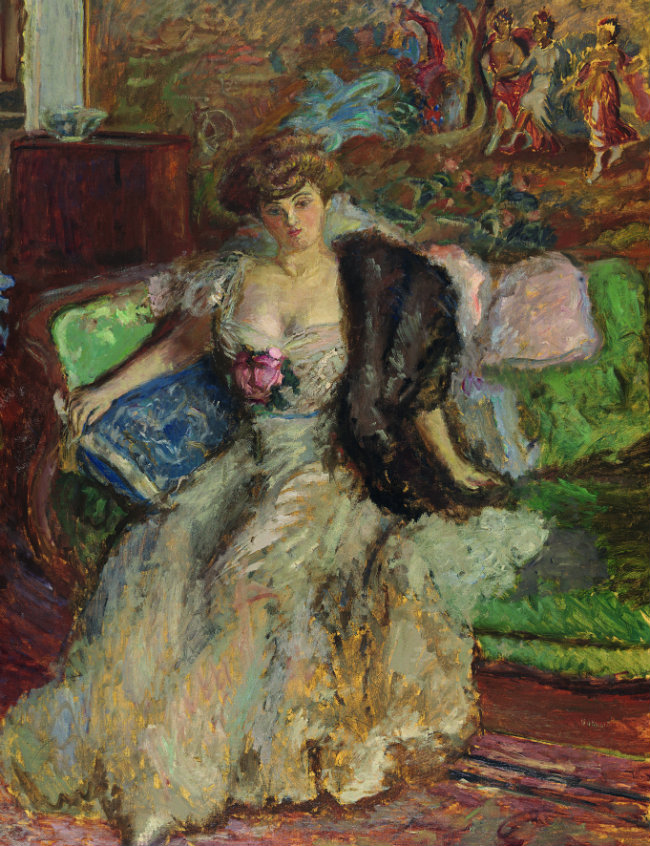

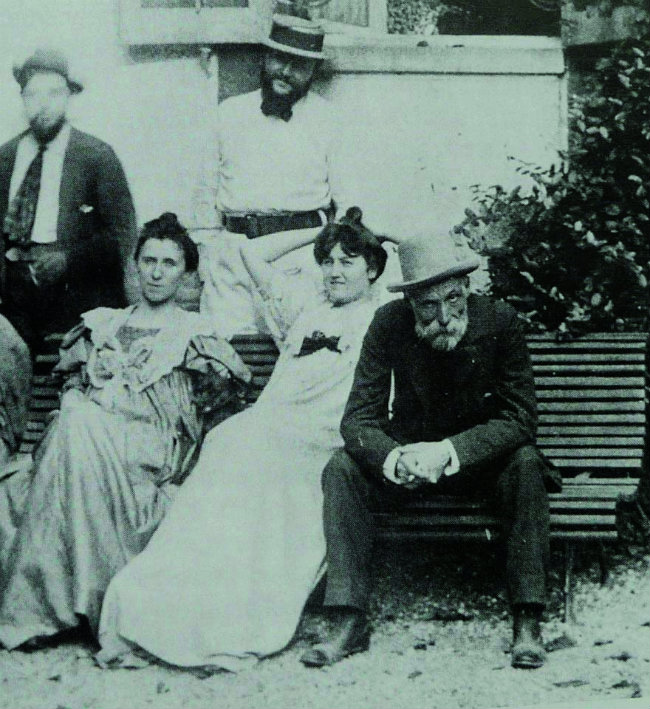
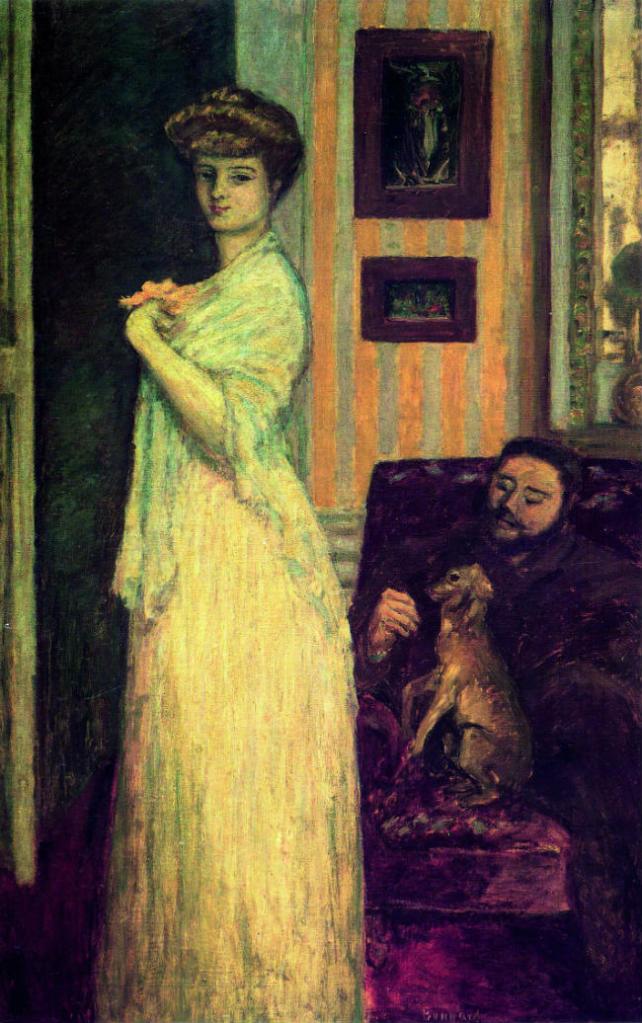
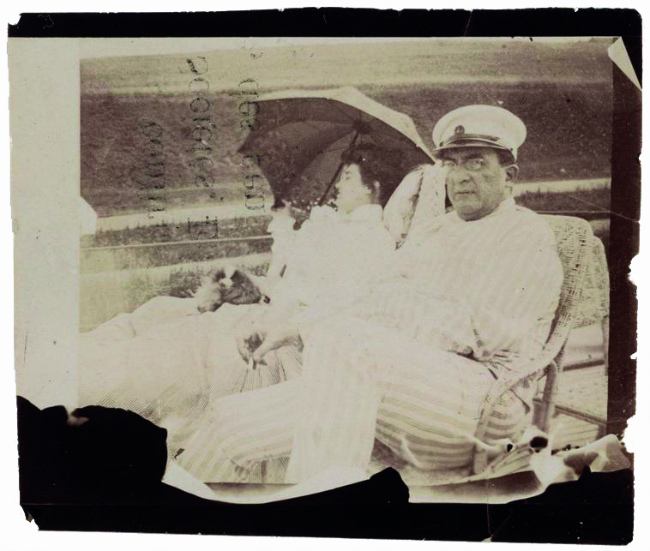

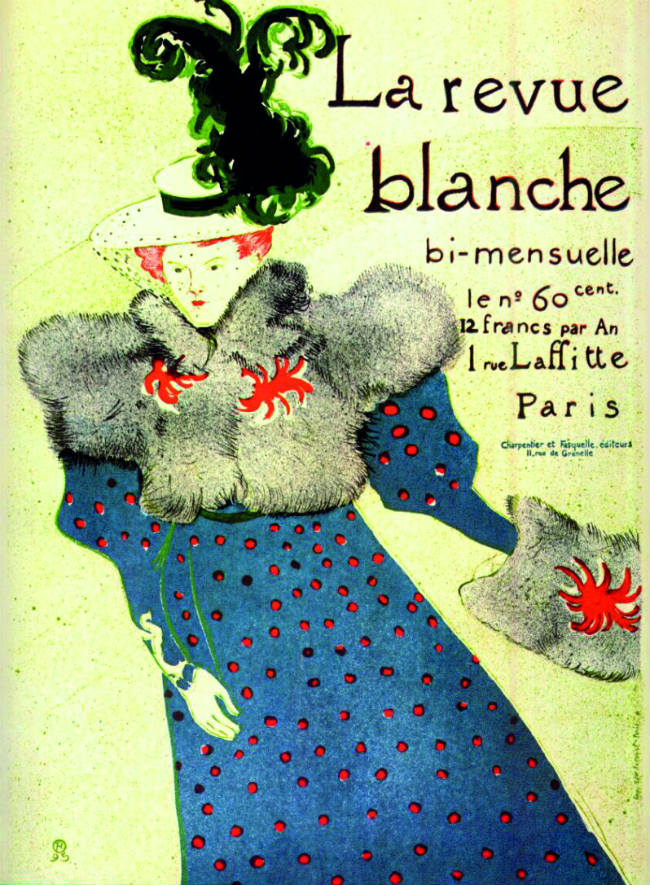

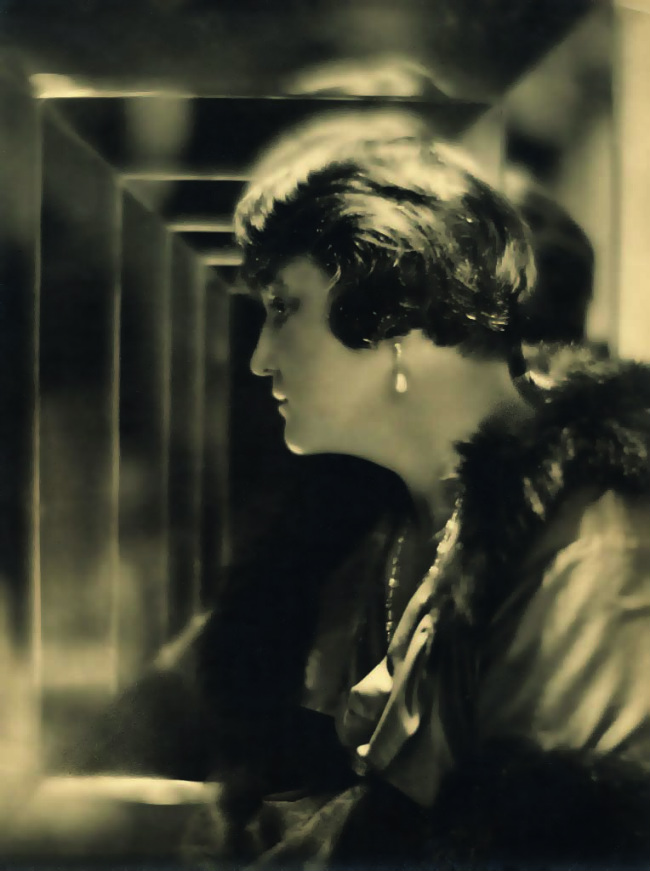

The top photo of Misia portrays one saucy gal. That was still very much the era of solemnity in photographs. The one with Renoir is striking too. He seems to gaze at the photographer with a roguish expression, as if to say, “Yes, my friends, but the night is young.”
LikeLiked by 1 person
Indeed! My favorite photos are of her with her dogs.
LikeLike
I love these images, especially the one with the happy dog.
LikeLiked by 1 person
She knew how to Age Frenchly for sure!
LikeLike